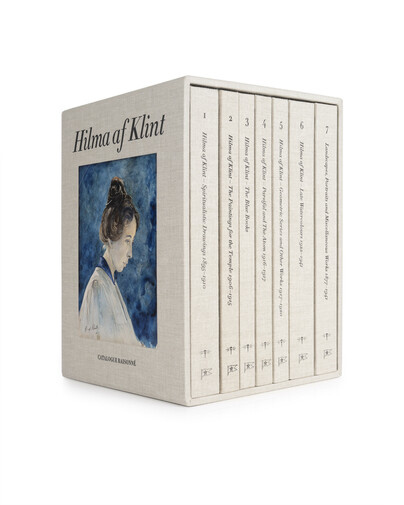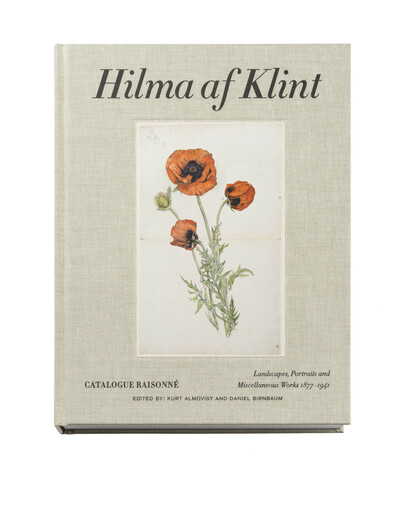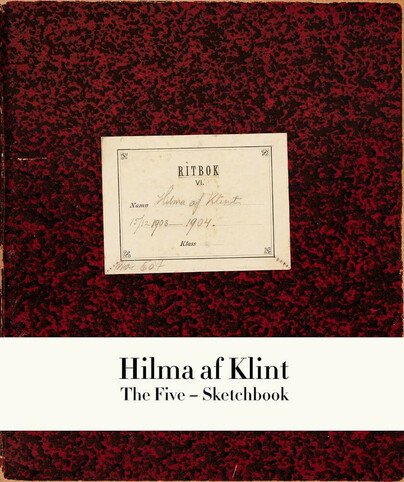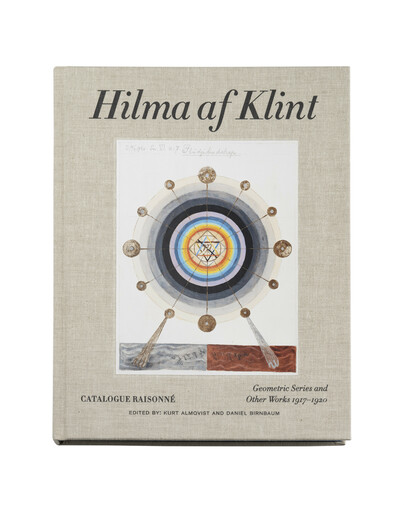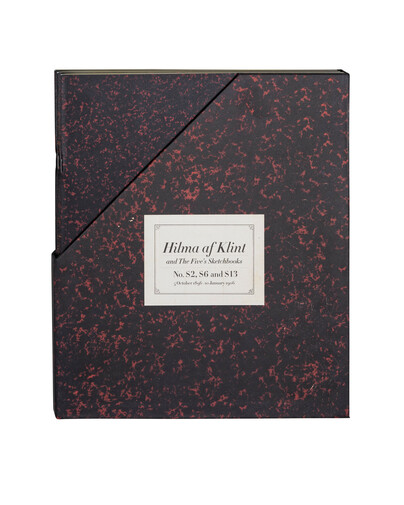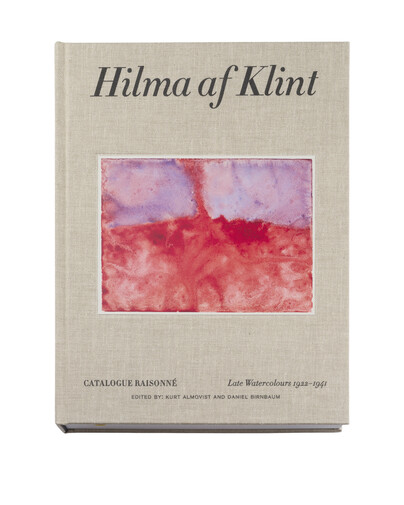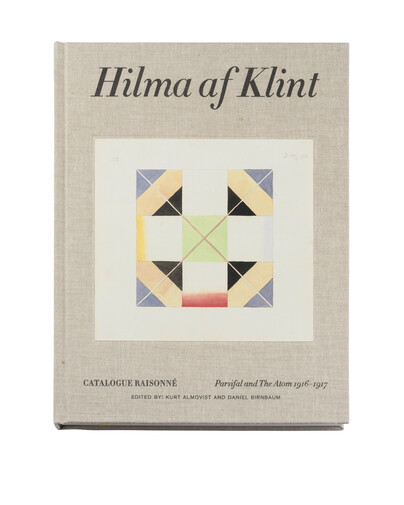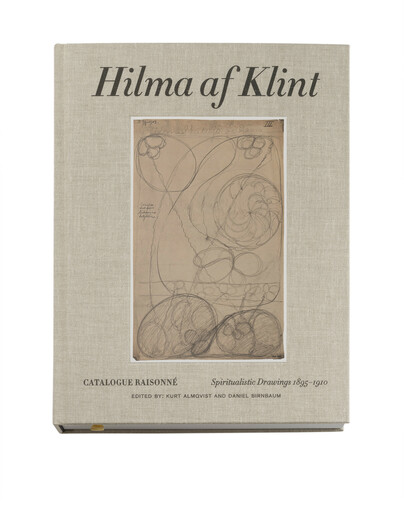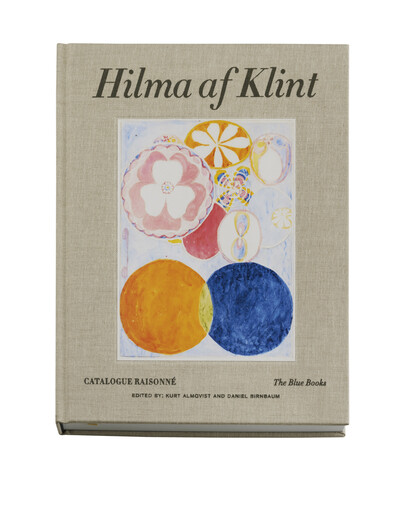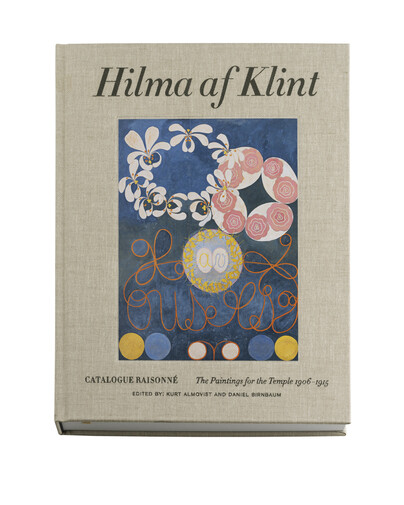Hilma af Klint
Hilma af Klint (1862–1944) is one of Sweden’s most celebrated artists, but for a long time she was almost completely unknown. Today she is internationally recognised for her pioneering role in abstract art. After finishing her studies at the Royal Swedish Academy of Fine Arts in 1889, af Klint established herself as an artist in Stockholm, producing among other works portraits, landscapes and illustrations of a fairly conventional nature. She developed an interest in spiritualism in her youth and later also in the Hindu-Christian theosophy of Annie Besant and Rudolf Steiner’s Rosicrucian theosophy/anthroposophy. Movements such as these had gained widespread popularity and were part of the Zeitgeist, especially among the upper classes and in artistic and literary circles, as people sought to reconcile religious beliefs with scientific advances. af Klint’s traditional paintings provided a source of income, but what she later referred to as her ‘great commission’ remained a separate activity. Only spiritually interested audiences knew about these works. She showed them to like-minded individuals but did not want the general public to see them. She agreed with Rudolf Steiner that mankind was not yet morally evolved enough to understand the message and be initiated in the mysteries. Much of Hilma af Klint’s work process was collaborative. While a student, she met Anna Cassel (1860–1937), who was to become one of her closest friends and colleagues. In 1896, together with Cornelia Cederberg, Sigrid Hedman and Mathilda Nilsson, they formed a Christian group called The Five, which explored the spiritual world through prayer, meditation and séances. The group was convinced they could communicate with mystic beings, which they called The High Masters, when they entered a trance-like state. Sigrid Hedman was the main recipient of spiritual messages, while Anna Cassel occasionally received them. As Hedman talked in a trance, the others would make a record of the messages, mostly written by hand but sometimes also in automatic drawings or psychographs. af Klint was relatively passive in the group and did not act as a medium. The last séance of The Five was held in May 1907, with the group finally breaking up at Christmas 1907. af Klint had wished to be recognised as the leader of the group, which the other members found hard to accept. After the group dissolved, af Klint focused solely on the spiritual work in collaboration with a new group founded as early as October 1906–what is known today as The Paintings for the Temple.

